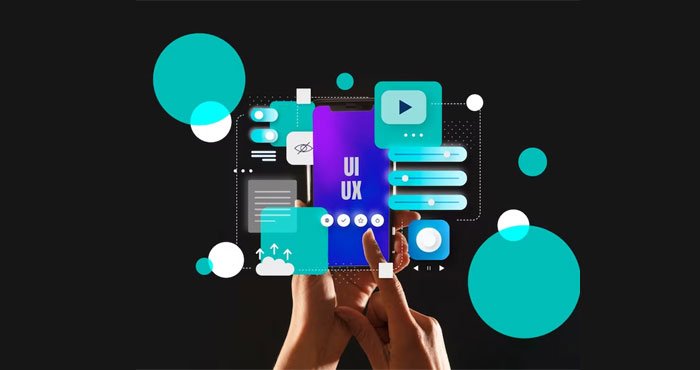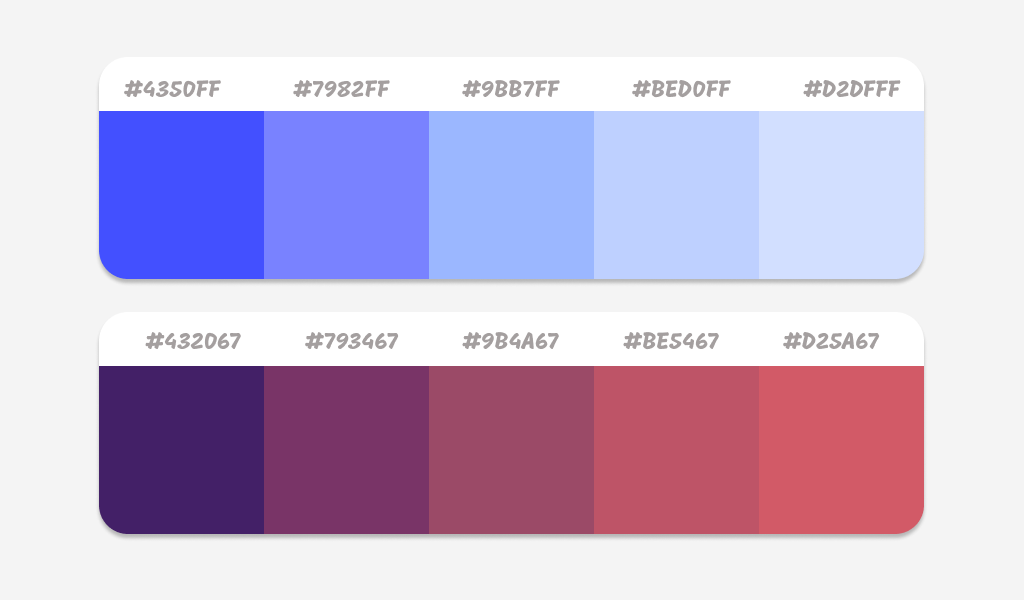It is commonplace to spend much of our time online, reading news, browsing websites, and utilizing web-based applications. However, sometimes our online experience could be better. This is due to poor design, which should have considered the user experience. It’s easy to glance from a distance and see these flaws; however, it’s more difficult when you’re in charge of a task. It takes work. Here are the best 7 best practices in UX design for web development.
7 UX Design Best Practices for a Better Website User Experience
1. Design Focus on the User Experience
Making the user experience on the site memorable is more vital than what the site states. The users need to remember the facts and important elements of the information, but they’ll remember how they felt. This is a common practice in ads. Why not try it in web-based content? Text, layout, graphics, and other elements can give the user an experience, not only give them details. UX design is an essential component of both web and application work. Making your website stand out from the vast number of sites and information online. Modern websites have more visual and interactive capabilities to strike with more emotional reactions to make them make a mark in a highly competition-driven world.
2. Websites are Scanned
It is essential to ensure that your website can be scanned since people do not look at websites; they scan them. Visuals and infographics are the preferred methods for anyone who wants to convey information or instructions. Most of them will scan the page for anything that catches their attention before switching to reading when they wish to learn more.
3. Users Need Clarity and Simplicity
In less than a second, visitors look at the design of a site, so you have to determine what visitors want to accomplish and be clear about it. Make it easy to locate action buttons. Concentrate on the primary button instead of the many buttons on your home page. Always think about what your site or application could be doing to make it more user-friendly. A key design element is to make it user-friendly for most users and allow additional functionality to be hidden and visible as required and not in a jumble.
Additionally, having a clear and consistent design makes it easier for users. They will be aware of what they can expect when using the same colors, behavior, and design elements, eliminating the need to comprehend the interface. If they are familiar with a few design elements, it makes the process easier and more user-friendly.
4. The Common Design Element Versus Creativity
When design elements are widely used elsewhere, you shouldn’t make them unique by experimenting with fresh UI designs. Inducing users to think for a long time to comprehend the UI interface is different from what you’re looking for. Common objects such as links stand out as links, while login credentials are at the very top. There’s no need to move these standardized elements. The ingenuity with standard patterns could make your interface challenging to use and may not encourage accessibility. Although non-traditional can be cool, this can cause users to be more challenging to navigate, which is why it is a troublesome area. The two must be balanced. URLs, buttons, and navigation designs should be designed to be usable before any design. It is best to concentrate on the layout with no concept in mind, and then you can add inventive elements.
5. Be aware of the audience
You should have an idea of who your target audience will be for the app or website before you begin creating it. When you have a clear image of the target audience for your app or website, and you know their preferences, you can figure out what they want and need and then create a design that can satisfy their needs. The competition will give you the way this was accomplished. Pay attention to the styles, colors, layouts, and other characteristics. If you choose to use designs and styles that your visitors are comfortable with, they are likely to integrate into your website easily. It is then possible to distinguish yourself by focusing on their preferences. After you’ve identified the customers, incorporate their opinions into the design. Considering the user’s feedback that can be used to make decisions is extremely important for your web development company phoenix.
6. Visual Hierarchy
When you put the most important components on the interface, highlight them so that the user’s attention is drawn to the elements. In design, there are plenty of methods to emphasize items, but the most effective method is to make it appear larger than everything else in the display. Making an item a focal point by making it bigger than the rest is how many websites can achieve the impossible, not without overlooking the highlighting of sales or click-here buttons.
7. Qualities of User Experience
Peter Moville represents the factors of UX in the User Experience Honeycomb on the usability.gov website. The most important thing is the worth of what you’re providing the customer and is surrounded by hexagonal shapes that include:
* Useful Content – Content should be unique and satisfy a requirement
* Usable Site – The website must be easy to locate
* Desirable Design elements create emotion and awe
* Findable Content – Content needs to be easily accessible and searchable both offsite and online
There are various types of thinking about UX design quality. Here are a few more aspects that are connected to building UX in addition:
* Be relevant – Make sure to note the users’ location on their journey through the interface.
* Be human. Be honest, trustworthy, and likable, with human interactions preferred over machines.
* Be recognizable – Make sure visitors can complete their tasks on the first occasion they come to your site.
* Be efficient. When they return, do they complete the same tasks efficiently and quickly?
* Be charming- Make sure that the product you sell is enjoyable to customers so that they feel connected and will promote your product.
* Perform well – Ensure that the system runs efficiently when users interact with it.
Conclusion
Customers must have an emotional connection to the experience of the product. If you’re making an interface and not an experience, then you are unlikely to gain the trust of your customers to ensure your product is a success. Interfaces should be easy to navigate, simple to operate, and designed using the appropriate shades and fonts that appeal to your target audience. Make sure to incorporate user feedback and remain uniform across the entire latest web design trends.
FAQs
What are the seven fundamentals of UX Design?
The seven fundamentals of universal design include Equitable use, the flexibility of use, easy and simple use, perceptible information tolerance for error, little physical effort, and dimensions and space to approach and usage.
What is the 7-general design?
They include universal design, accessible design, barrier-free design, functional design, inclusive design, and design for all. Of the many design-based strategies for proactive development, no strategy addresses more user diversity than universal design (UD).
What could a UX designer consider to enhance the user experience?
UX Designers develop these prototypes with the appearance, feel, and capabilities that are like the final product. The prototypes that can be clicked allow clients to experience the item. This allows UX Designers to experiment with practical variants of the user experience and pinpoint areas to improve. sprunki horror Endless Fun Awaits!




Thanks for posting,